Location
With centuries of history behind it, it is one of the oldest cities in Greece

Argos
Argos is a town in the Peloponnese region of Greece. It belongs to Argolis, one of the regional units of Greece, and it is considered to be the most ancient town of Continental Europe and one of the most ancient towns in Greece thanks to the large number of archaeological monuments that date back to Late Bronze Age, when it used to be one of the most important centers of the Mycenaean Civilization.
Argos is the largest town of Argolis and it is considered a center of commercial and industrial activities. The town square of Saint Petros of Argos is the center of the town.
At the lobby of Palladion Boutique Hotel, you can find brochures and guides of the Argolis region that point out the best places to visit. Otherwise, you can simply ask our friendly staff for tips and advice!
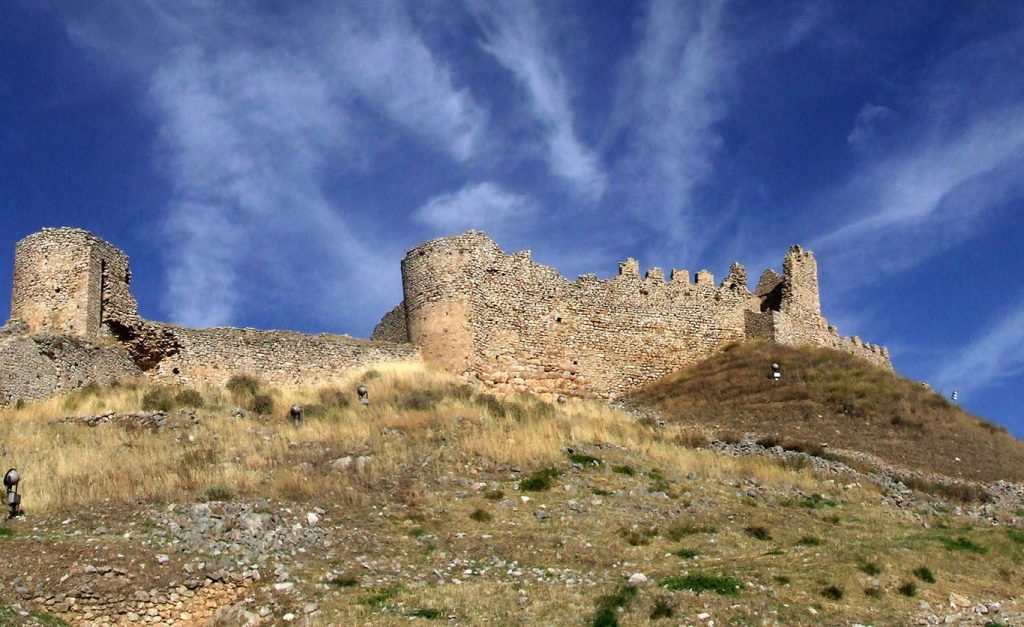
Larissa Acropolis
It is situated west of Argos and tradition has it that it took its name after the daughter of Pelasgos, Larissa. It was constructed in the 6th century BC and it is there that the foundations of the temple of Athena Poliada and Zeus of Larisa were discovered. In the 10th century AD the Acropolis was replaced by a medieval castle (the Castle of Larissa), now dominating on the hill, which played a great part in the 1821 Greek War of Independence.
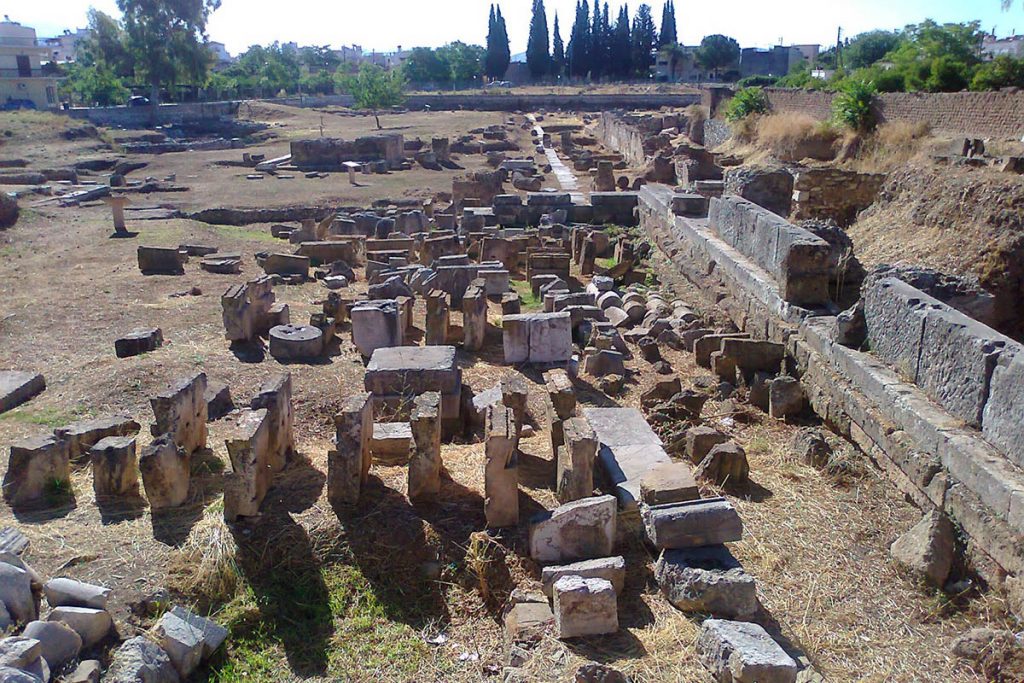
Ancient Agora
It is a trademark of the city, and has been the centre of action for centuries (700 BC-400 AD), with its ancient “Odeon” (a building for musical competitions), the “Palaestra” (ancient Greek wrestling school), the “Bouleuterion” (ancient Parliament), the temples of Aphrodite and Lycean Apollo, as well as various political gathering places, galleries, statues and even the remains of a Neolithic settlement.
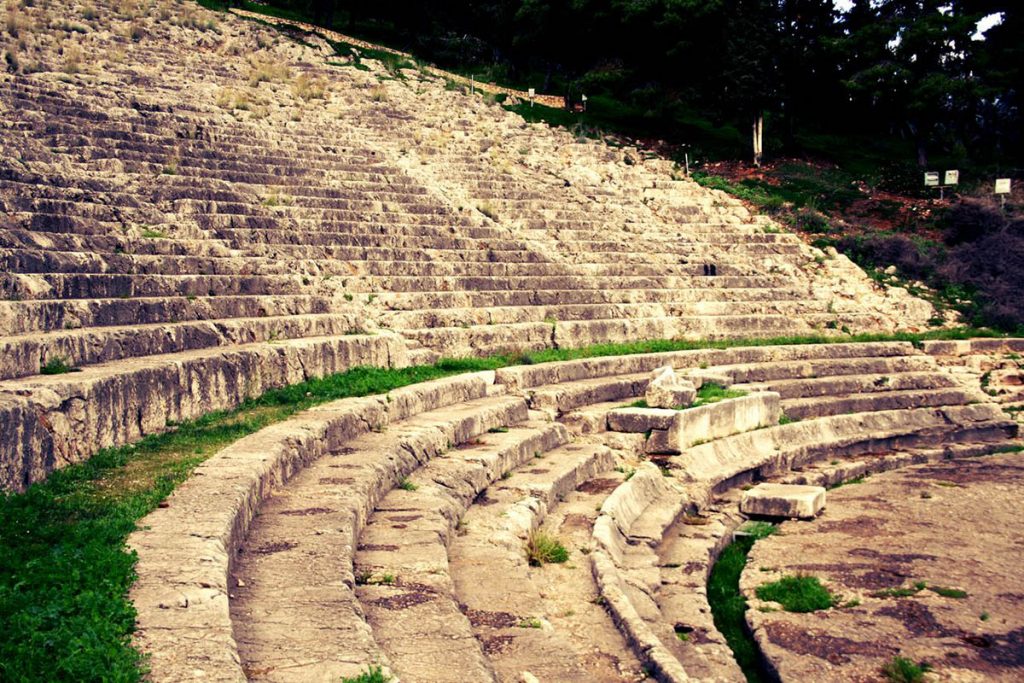
Ancient Theatre
It is situated southwest of the Larissa Acropolis and was built by Polykleitos in the late 5th cent. BC. It is a big architectural accomplishment, since it is one third carved into the rock. In its prime it could seat up to 20.000 people. It is considered the largest theatre of ancient Greece. It was the venue of musical and theatrical contests, but also of sittings of the Achaean League (Confederation). It was also the place where the Fourth National Assembly sat centuries later.
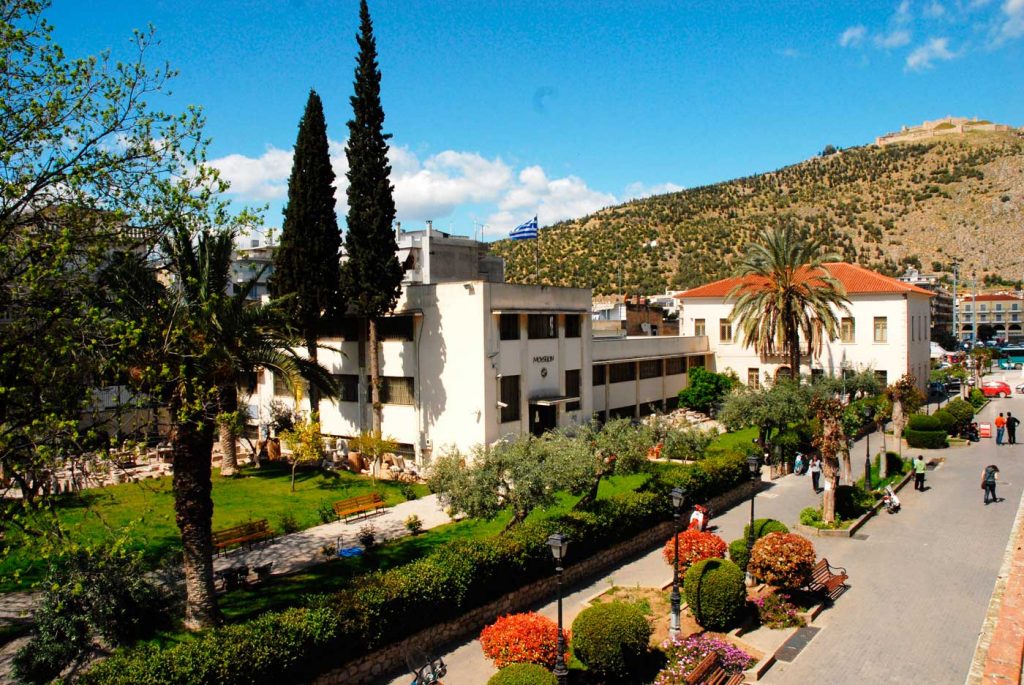
Archaeological museum of Argos
The oldest part of the Archaeological Museum of Argos consists of Kallergeio. It is a neoclassical preached Kapodistrias building built in 1830 as the residence of the family of General Dimitris Kallergis. For a time used as the Palace of Government by Kapodistrias. In April 1932 the heirs of Dimitris Kallergis donated to the Municipality of Argos the building and the immediate precinct to house museum. The Municipality of Argos ceded the land adjacent to the State in 1955 for this purpose. The construction of the museum took over the French School of Archaeology at the expense of the French State and the supervision of the Archaeological Service.
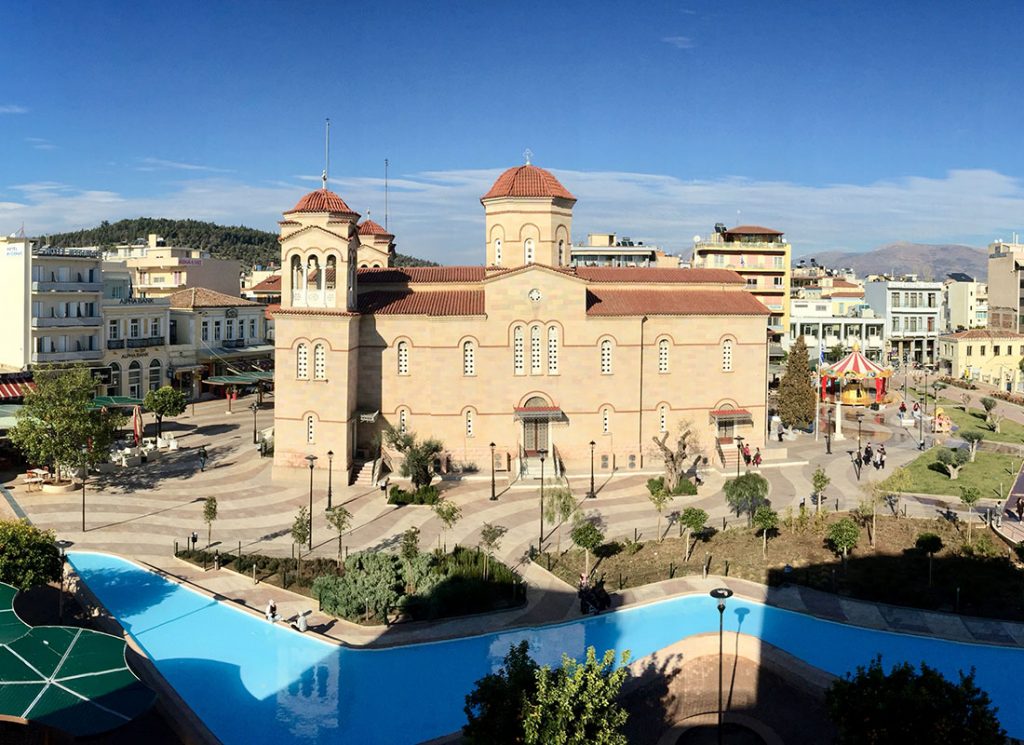
Saint peter bishop square of argos
The much frequented square of the local patron saint, with its magnificent church, is an embellishment for the city centre. Erected in 1859, the church is ornamented with exquisite religious paintings (hagiographies), with the figure of Christ Pantocrator dominant on the church dome.
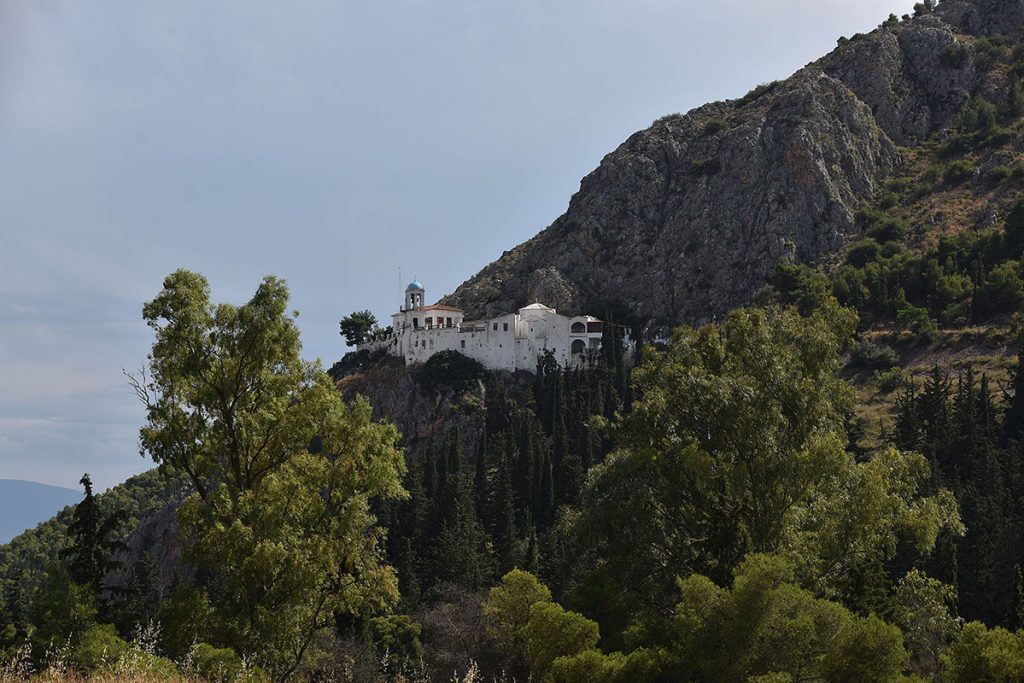
Church Of Panagia Katakekrimmeni
Nestling in a forest on the hill of Larissa, where once stood a temple of Hera Akraia, the Church played its part in the events of the pro-revolutionary and revolutionary period. The most important among the holy relics are a Holy Bible published in Venice (1776) and two religious paintings, one of the Entry of Theotokos into the Temple (Presentation of the Blessed Virgin Mary) (1705) and the other of Panagia Glykofilousa. The Church of Panagia Katakekrimmeni or Portokalousa is dedicated to the Entry of Theotokos.

